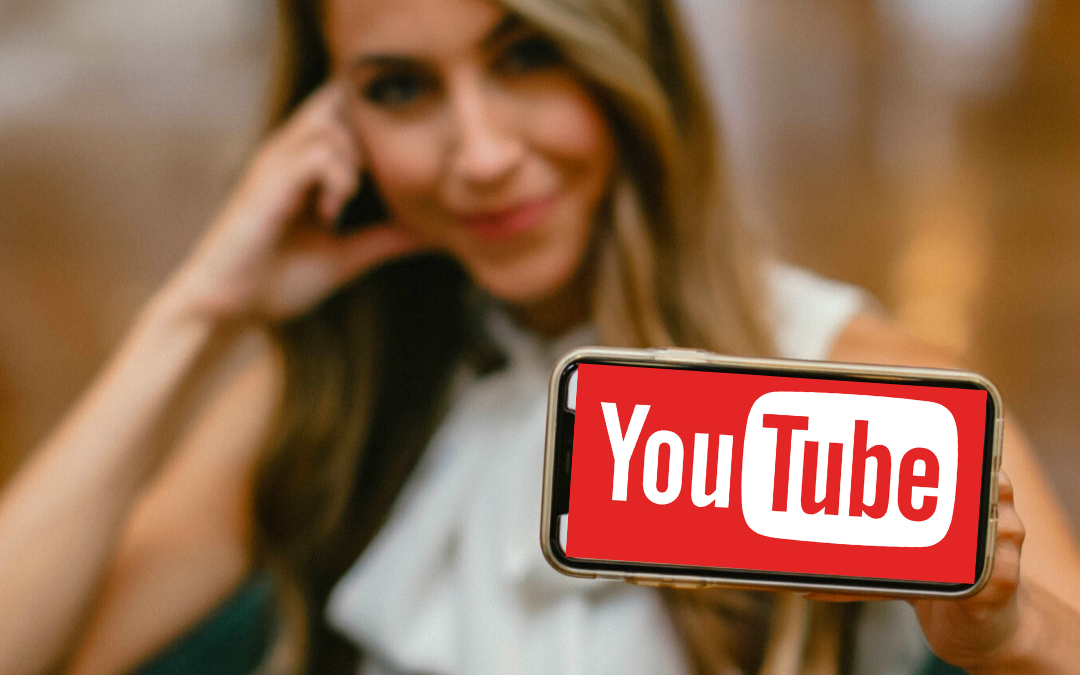When you think of YouTube, you think of audio, right? Well, think again.
According to YouTube, as users have been spending more time at home, more of them have been looking for audio-based content (think virtual concerts, podcasts, workouts). So the media platform/search engine rolled out audio-based ads late last year.
Of course, podcast campaigns have been around for a while. So YouTube’s audio ads are a natural next step. Their alpha testing showed a significant lift in brand awareness for more than 75% of measured audio ad campaigns.
Audio Ad Basics
So what are audio ads? Essentially, a voiceover plays as an image or simple animation is showing. They offer the same audience targeting options, bidding strategies, and Brand Lift measurement capabilities as YouTube video campaigns.
Like their video counterparts, YouTube’s audio ads run on a CPM basis. So why use them? Google offers a few reasons.
If you’re trying to achieve reach and brand awareness, YouTube audio ads offer a relatively low cost of production, simple buying, and setup for campaigns, straightforward targeting and metrics, and access to new inventory at a low cost.
They’re currently available in Google Ads, Display & Video 360 platforms. And YouTube audio ads are tied in with the Google Ads platform, giving you an extra re-marketing tool, too.
There are some limitations, though. Audio ads can only appear with music or podcast content, compared with the multiple categories, playlists, and channels available to video ads. Because YouTube audio ads are still in beta, features could be added or deleted at any time
And because they’re still in beta, not all brands are eligible to run them yet. Currently excluded are Healthcare & Medicine, Alcohol, Gambling, and other sensitive verticals. Before a brand can be eligible for the open beta, it has to run two Brand Lift surveys.
You can choose from lineups that include Pop, Rock, Country, EDM, Rap & Hip Hop, Made for Audio Music and Podcasts, with dynamic music lineups coming.
Audio Ad Specifications
Just as with video, your audio ad has to be uploaded to YouTube. You’re limited to a maximum length of 15 seconds, and the file size can’t exceed 128 GB. As with video ads, the aspect ratio is 16:9, and resolution has to fall in a range from 426×240 (240p) up to 3840×2160 (2160p).
(Companion banner & Call-To-Action options are available from your Google representative by request.)
Creating an Audio Ads Campaign
Creating an audio ads campaign is fairly simple, especially if you’ve already created video campaigns with YouTube. In your Google Ads Account, go to Video Campaigns and click the “Plus” button.
Select New Campaign > Brand awareness and reach (goal) > Video (campaign type) > Audio (campaign subtype). Then click Continue, and enter your bid and budget details.
Targeting Your Audio Ads
If you’re familiar with YouTube video campaigns, targeting your audio ads will be a breeze. You’ll find the same targeting options and bidding strategies as video campaigns. Google cautions against defining your audience too narrowly.
Get into your prospect’s mind. Are they listening to music or podcasts? What kind? What else do you know about them? Look at using the new Custom Combinations from Google to combine Custom Intent (based on Google searches), In-Market, and Detailed Demographic targeting.
Remember, you can create an audio ad targeting podcast listeners, and a different campaign for music listeners. This gives you a chance to see which will perform better for you.
Some Tips
Of course, targeted ads only work if they catch the attention of your audience. Here are five reminders when it comes to making memorable audio ads.
Stand out. Use those fifteen seconds to grab the listener’s ear and leave an impression.
Use sound. Think about how you can create an image in the listener’s mind in just fifteen seconds using all the tools at your disposal: voice, music, and sound effects.
Don’t sell. Keep the tone light, conversational and targeted to your audience. Be clear and specific.
Be brief. Since you only have fifteen seconds, get rid of any unnecessary words. Google recommends keeping it to 40 or fewer.
Include a call to action. An offer tailored to your audience can help you measure the success of your campaign more easily.
Test! Google is introducing Video Experiments to some users, which will make it easier to test your audience and your creative. Check with your Google representative.
Don’t get greedy. Focus on one audience per campaign. If you want to test audiences, use separate campaigns.
Need help getting higher on YouTube? Contact the Guardian Owl Nest to get your questions answered.


Recent Comments